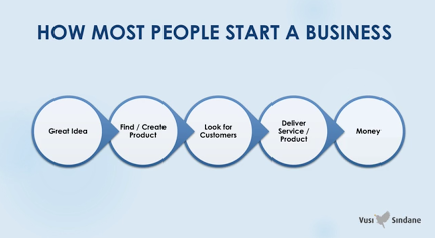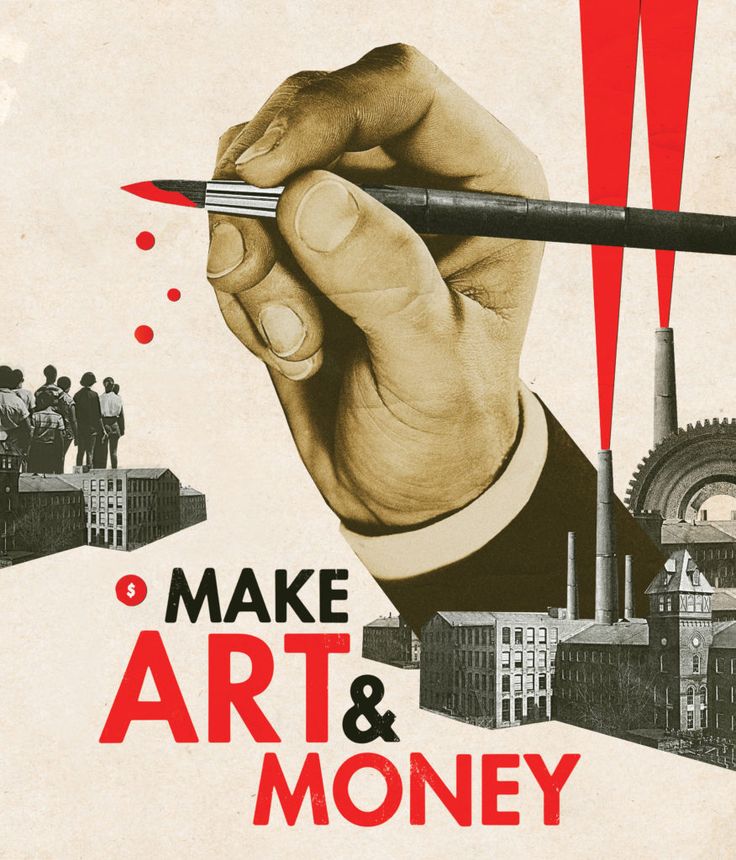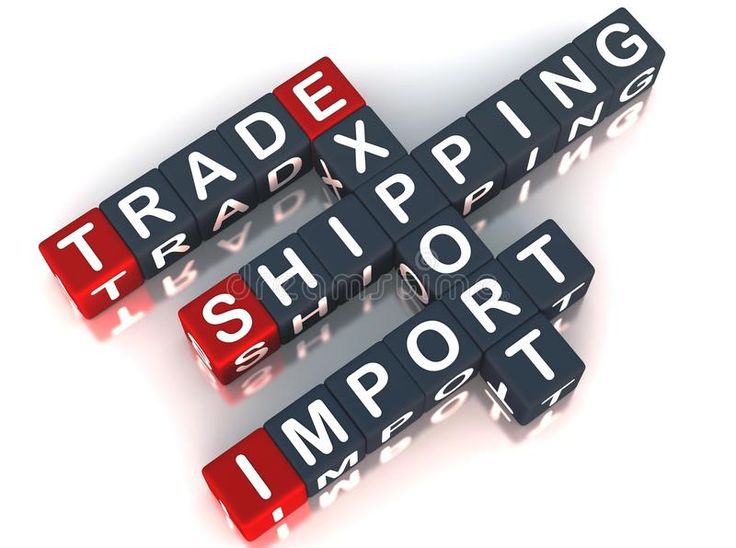by Ulrich Mabou
The Art Of Business: A Simple And Powerful Framework To Ensure Success In Entrepreneurship And Business
What Is A Business?
“A business is an entity that creates value that other people want or need; at a price they are willing to pay; delivered in a satisfactory way; and is worth for the owners.”—Josh Kaufman
If you search this question online, or ask different entrepreneurs and business owners, you will probably get a myriad of answers. The simplest and most complete definition that you will probably come across is Josh Kaufman’s one; the author of the international bestselling business book My Personal MBA. If you want to master the art of business, you don’t need to go to business school. All you need is to learn and apply the fundamentals of modern business practice.
The aim of this article is to present you a very simple and powerful framework that you could use to learn the principles it takes most business professionals a lifetime of trial and error to master.
The M2S Framework: the art of business
This framework was initially developed by South African software engineer and entrepreneur Vusi Sindane. Vusi, like most of entrepreneurs, has gone through all the phases of starting a business, failing or getting out of business, being broke, starting again from scratch, and so on. But like all successful entrepreneurs, he has managed to find a way to adopt the right mindset, think strategically, and put in place processes that will ensure the success of any upcoming venture he commit himself to. Today he runs several sustainable businesses, and he is a director in a Johannesburg based investment company that owns and supports 16 companies that generate more than R150 million in annual revenues.
The M2S framework can be broken into 3 components: Mindset, Strategy, and Systems.Without going into too much details here, below follows a brief overview of the M2S framework:

Part 1: Mindset — “the art of productive thinking “
“Change the way you look at things and the things you look at, begin to change.” — Dr. Wayne Dyer
The first thing to look at if you want to be successful in business is your mindset. How do you deal with failure? Do you see it as the end of your idea or as opportunity to learn or to try something else? How do you deal with rejection, setbacks? Are you enthusiastic to wake up every morning to go to work or to work on your projects? Are you resilient, focused, caring and compassionate?
These types of questions are the ones you should be asking yourself to evaluate if you have what it takes to be successful at business, and if not, commit yourself to adopt and develop the right mindset.
Vusi’s approach to develop his own mindset is fairly simple, and I will recommend you to adopt the same, or come up with your own one. For the sake of keeping this story as short as possible, I won’t be expanding a lot on the upcoming material. I am personally one of those who don’t like to read long and tiring articles. Instead I’m going to share with you some slide from Vusi’s online workshop The Art of Business. If you would like to know more about any point, check out the Call To Action section below.
- Reality vs Perception
- Total Transformation Model
- Daily Mindset Practice

Sometimes we fail in business, as well as in life in general because there is a gap between our perception and the reality around us. Looking at the picture above, you might think the orange dot on the left is bigger than the one on the right. If we see the two dots as business entities, we might conclude that the first one has bigger opportunities than the other. But as you can see from the two lines going across, the two dots are in fact of the same size. Whatever is around them is all relative.
Have you ever found yourself in a situation where you saw an opportunity as a great one, jumped straight into it without doing proper research, only to end up with an epic fail? Most likely your perception of the opportunity was way out compared to reality of the environment and people around you. This brings us to our next point:

In order to ensure that your perceptions and the realities around you are closely aligned, you need to understand this Total Transformation Model:
- Understand the environment around you and make sure you are in the right environment for your business or idea.
- Understand the people: once you have done the necessary to ensure that you are in the best environment possible, the next step is to understand the people around you, your relatives and friends, your potential customers, your competitors. Make sure you surround yourself with people who have the same vision ans aspirations as you. As the founder of Alibaba Jack Ma nicely puts it, “you need the right people with you, not the best people.”
- Create value: doing business is not a get-rich-quick scheme! lots of brilliant ideas failed because their founder’s only concern was to make money, instead of finding ways to provide value to their customers and the community around them. One of the best habits that a business owner or aspiring entrepreneur should adopt is Stephen R. Covey’s 4th habit in The 7 Habits of Highly Effective People: Think Win-Win. In essence, it is a character-based code for human interaction collaboration to produce mutually beneficial solutions or agreements. If you think Win-Lose or Lose-Win, you are probably a crook or a looser!
Once you can better align your perception and the reality, and you have a good grasp of the 3 layers of this transformation model, the next step to develop your mindset will be to adopt a set of practices that will help you to get closer to your aim.

For Vusi, it is a set of daily mindset practices like the ones above. I agree with him on all of them, but I also have a set of principles and habits that I have tried to incorporate into my personality from years of reading books on personal development, psychology, business and leadership, etc. The point is that you need to come up with your own set of practices and strive to make them part of your personality on a daily basis.

Part 2: Strategy — “the art of ensuring future success”
“Victorious warriors win first and then go to war, while defeated warriors go to war first and then seek to win.” — Sun Tzu
If you haven’t read the Art of War by Sun Tzu before, you can check it out here. It is an ancient Chinese military treatise dating from the 5th century BC. It remains the most influential strategy text in the word and it has a profound influence in military thinking, business tactics, legal strategy and beyond.
As outlined by its author in the quote above, victorious warriors win first and then go to war. Do you know why?Because they have the right mindset, they think their detailed strategy through beforehand, and they put in place systems to ensure success, get feedback and improve their whole process over and over. Similarly, successful entrepreneurs and businessmen are big strategists.
This topic is quite vast to address on this article. For the sake of length and time, I am just going to share some slides on strategy from Vusi’s Art of Business Online Workshop:






As Vusi mentioned in his workshop, “ensuring the future is hard work, that’s why so few people are living the life they want,” or deserve. But if you have the right mindset and the best strategy for your business, running it shouldn’t be so hard. You just need to make sure that you have the appropriate systems in place to make it stable and sustainable.

Part 3: Systems — “the art of consistently producing results”
“If you want to grow your business, shift your mindset. Instead of thinking you have to do everything, develop policies and procedures that will free you up to focus on strategic growth.” — Shameem Kumandan, founder of Washtub.
This part is all about procedures and policies that will help you to make your business runs effectively and efficiently, even when you are on holiday in Mauritius or Côte d’Azur! Yes! You got me right, successful entrepreneurs are not always workaholic, but also know what it means to have a good work-life balance.
If we go back to our introductory quote by Josh Kaufman, we can break it down and translate it to modern business language with the following slides:




A brief overview of each of the 5 pillars of business:
Value Creation: the process of constantly discovering unfulfilled needs and creating solutions for them.
Marketing: a system for finding people who want or need your product or services.
Sales: a system for getting people to pay.
Delivery/Operations: a system for efficiently and consistently delivering a satisfactory product or services.
Accounting: a system for ensuring that the business is making money and is worth it for the owner.

Key Take Aways
>To dramatically changes your circumstance, change your environment; change people and focus on adding value to productive people around you.
> Develop a productive mindset by practicing: gratitude, asking, believing, acting and giving.
> Strategy is the art of ensuring the future. The best way to do this is by measuring, estimating, calculating, balancing of chances, and acting towards victory.
> There are 3 start-up strategies: incubation, anchoring and the lean approach.
> A business is a complex system made up of 5 major parts:value creation, marketing, sales, operations and accounting.








 CNYIDR=X
CNYIDR=X  EURIDR=X
EURIDR=X  JPYIDR=X
JPYIDR=X  KRWIDR=X
KRWIDR=X  SGDIDR=X
SGDIDR=X  AUDIDR=X
AUDIDR=X  HKDIDR=X
HKDIDR=X  GBPIDR=X
GBPIDR=X